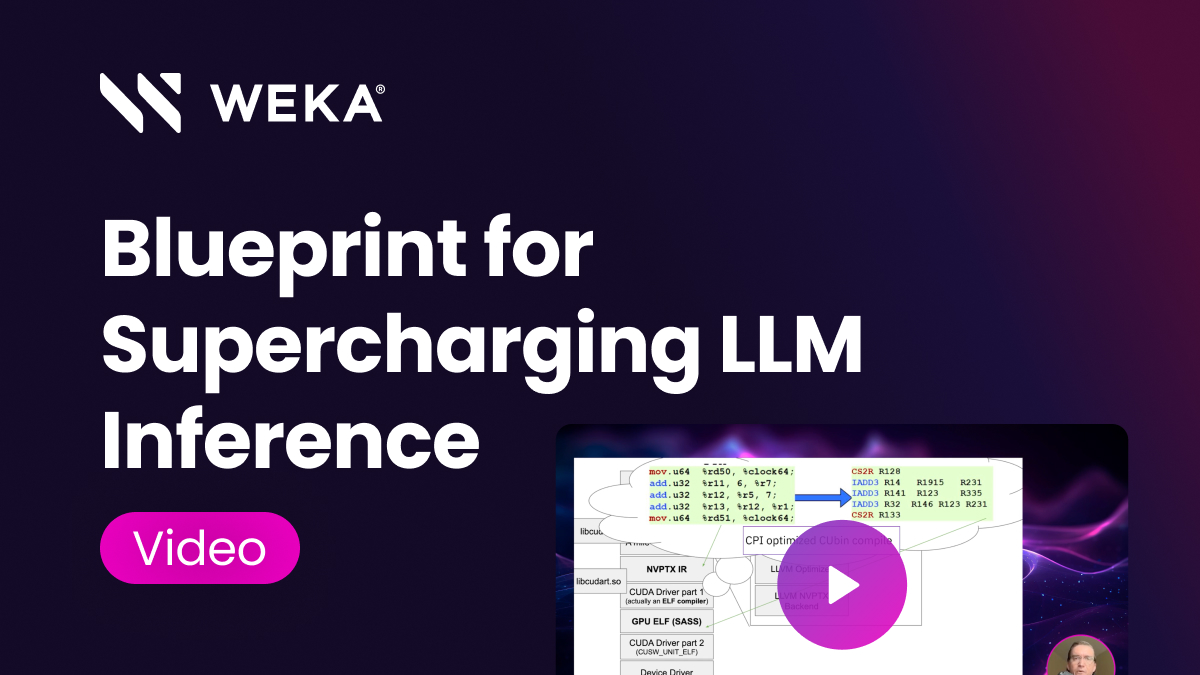AI Explained: How Retrieval-Augmented Generation (RAG) Transforms Large Language Models (LLMs)
Retrieval-Augmented Generation (RAG) is a groundbreaking technique in natural language processing (NLP) that combines the power of information retrieval with generative AI (GenAI) models. This process helps address common AI issues like hallucinations—when models generate plausible but incorrect answers—and improves overall response accuracy.
Where traditional methods for large language models (LLMs) operate in isolation, RAG uses an API server to pull from external data sources, such as VectorDBs, knowledge graphs, and other data stores. By dynamically retrieving pertinent information at the time of the request, RAG results in more relevant, up-to-date answers. This two-step methodology isn’t just smarter, it’s more efficient, more reliable, and more scalable.
